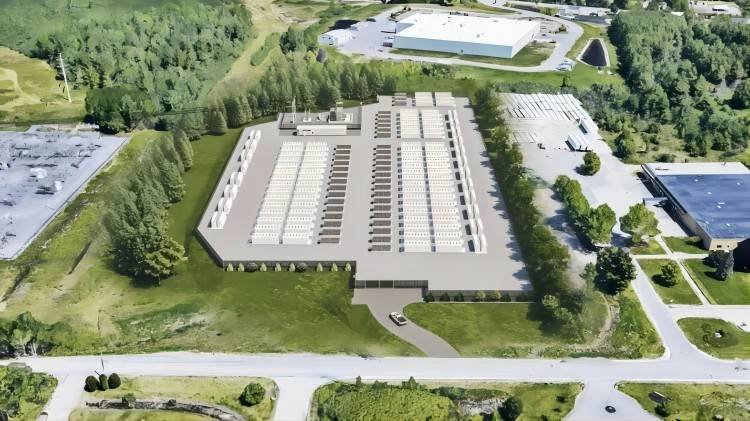The US grid battery fleet is about to double again

The U.S. energy storage industry has its New Year’s resolution ready to go: double the capacity of batteries connected to the American grid.
And it looks achievable for the youngest sector of the power industry. The analysts at the federal Energy Information Agency predict that the total battery capacity installed on the U.S. grid will rise from 17.3 gigawatts at the end of 2023 to 31.1 gigawatts by the close of 2024. That scenario represents 80% year-over-year growth.
The storage industry has already proven it can basically double national installed capacity from one year to the next: It did so in 2023 and 2022, and in 2021 it more than tripled the previous year’s tally. The continuation of this trend just gets more impressive with time: A few years ago, doubling storage capacity only meant building 1 gigawatt. Now, the industry is looking at adding 14 gigawatts in a year, requiring an unprecedented amount of work at project sites around the country.
This is happening because batteries have proven themselves useful at shifting electricity supply from times of surplus to times of scarcity, in order to deliver capacity at crucial hours of peak demand. That’s why it’s useful to look at battery installations in terms of megawatt capacity, not just the megawatt-hours in the storage tank (counting storage in megawatts still bewilders some people).
Storage economics are most compelling in places with abundant solar power production, which facilitates a predictable and cheap daily charging pattern for batteries. California leads in installations, but Texas is growing quickly. Hawaii just installed a pathbreaking stand-alone battery to keep the lights on as fossil fuel plants shut down.
As more pioneering battery developers make money, once-wary financiers are warming up to the asset class. And after Covid confounded battery supply chains for a couple of years, the prices for batteries themselves fell to record lows in 2023. Now, developers can avail themselves of a stand-alone storage tax credit, thanks to the Inflation Reduction Act, and additional tax incentives if they buy batteries manufactured in the U.S.
There’s never been a more supportive policy environment for grid storage. But the upstart storage industry still has a tough climb ahead to take market share from natural-gas peakers and demonstrate that they can anchor a clean grid capable of delivering power whenever it’s needed.
Next:California solar-plus-storage project with world largest BESS fully online
Previous:Company proposing utility-scale battery energy storage system in Renville County
